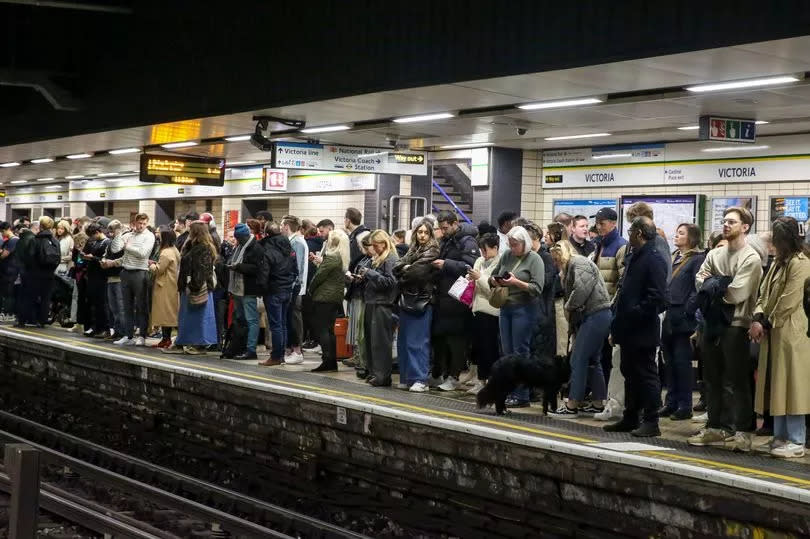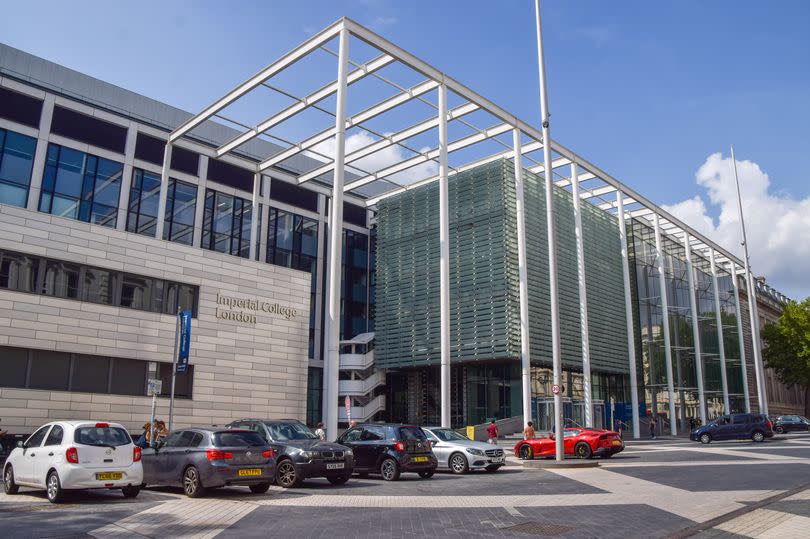More London Underground research being done into 'potential health impacts' of Tube dust

Transport for London (TfL) has said that it is working with experts on more research into potential health effects of dust on the London Underground network. In March, Imperial College London research, commissioned by TfL, found that fleet staff, customer service workers and drivers all had higher rates of sickness absence due to any cause compared with 'non-exposed' office workers.
Boffins examined closely sickness absence among drivers, using the District line - which had the lowest recorded particulate matter (PM) exposure - as a baseline. Researchers found that drivers on five out of eight lines showed elevated rates of all-cause sickness absence, with the Piccadilly line having the highest concentration of PM.
But, it was noted that there was 'no clear exposure-response relationship’, where researchers would expect to see increasing exposure [with PM] associated with an increased sickness absence'.
READ MORE: Person dies after falling down stairs from top deck on London bus

Now, in documents published ahead of the May 16 meeting of its Safety, Sustainability and Human Resources Panel, TfL has reiterated that the findings suggested that, although colleagues with more exposure to PM working in operational areas had higher levels of absence due to sickness, this 'did not increase in areas with higher dust concentrations'.
Papers added: "This means that a causal relationship between dust levels and sickness absence was not established. It is common across many comparable operational businesses for office-based staff to have lower absence than operational staff. Absence reporting is often lower among office-based staff compared to operational staff as office-based staff typically do not work to tightly controlled rosters and can work from home much more easily."
Air filters to be trialled in stations
Officials also noted that they are already working with Imperial College on a 'longer-term study' looking at historic pension data, and that TfL continues to support access to the network for other research teams. Further, documents stated that air filtration trials at Baker Street station are due to start 'shortly'.
TfL says that independent monitoring has shown that in-station dust levels have reduced by 19 per cent on the Tube since 2020, and that dust levels have reduced by 27 per cent in the driver's cab since 2019. Officials add that dust levels continue to remain 'well below' occupational health limits set by the Health and Safety Executive (HSE), and most of the network is below the recommended limits advised by the Institute of Occupational Medicine, which are set 'significantly lower'.
A study by Cambridge academics in December 2022 found that 'ultrafine particles' primarily generated by friction from the wheels, tracks and brakes, are found in 'abundance' on the Tube, and 'could have particularly adverse health impacts as their smaller size makes it possible to pass from lungs to the blood stream'.
Our London Underground newsletter brings you the latest travel updates to help you survive your commute - as well as a weekly dose of Tube trivia! You can sign up HERE.

 Yahoo News
Yahoo News 
